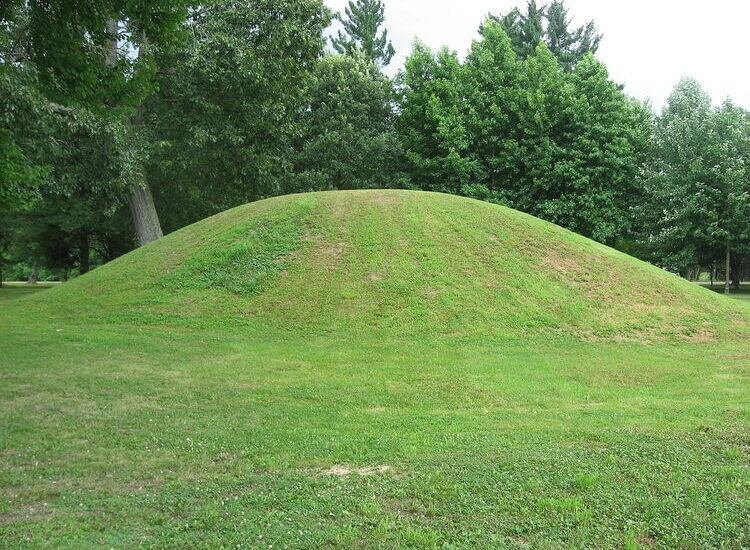Welcome to the Effigy Mounds National Monument, a place rich in history and cultural significance located in northeastern Iowa. Established in 1949, this site spans four square miles along the Mississippi River and offers a glimpse into the ancient world of Native American mound builders. The monument preserves 195 known mounds, with around 30 of these being effigy mounds shaped like birds and bears. The oldest mounds date back to approximately 450 BCE, but the effigy mounds were constructed later, likely between 500 and 1300 CE.
These mounds were built by the Effigy Moundbuilders, a culture associated with the Late Woodland Period. This cultural phenomenon extended across the Upper Mississippi River Valley and involved the construction of earthworks in the shapes of various animals. The bear and bird shapes are particularly prominent in this area, serving as ceremonial sites and possibly marking territorial boundaries or celestial events.
The Effigy Mounds National Monument stands as a testament to the mound-building practices of pre-Columbian Native American cultures in North America. These structures were not just burial sites but also served various sacred and ceremonial purposes. The area is a diverse ecosystem, home to deciduous forests and tallgrass prairies, providing a habitat for wildlife such as white-tailed deer and bald eagles.
Visitors to the monument can explore over 14 miles of hiking trails, offering stunning views of the Mississippi River and an opportunity to reflect on the significance of these mounds. While there are no camping facilities within the park, nearby areas such as Pikes Peak State Park provide options for those wishing to extend their stay.
The monument is culturally significant to many American Indian tribes, who consider the mounds sacred. The National Park Service works in collaboration with these tribes to preserve the site and educate the public about its historical importance. Effigy Mounds National Monument is not only a place of natural beauty but also a vital link to understanding the region’s ancient cultures and their enduring legacy.






